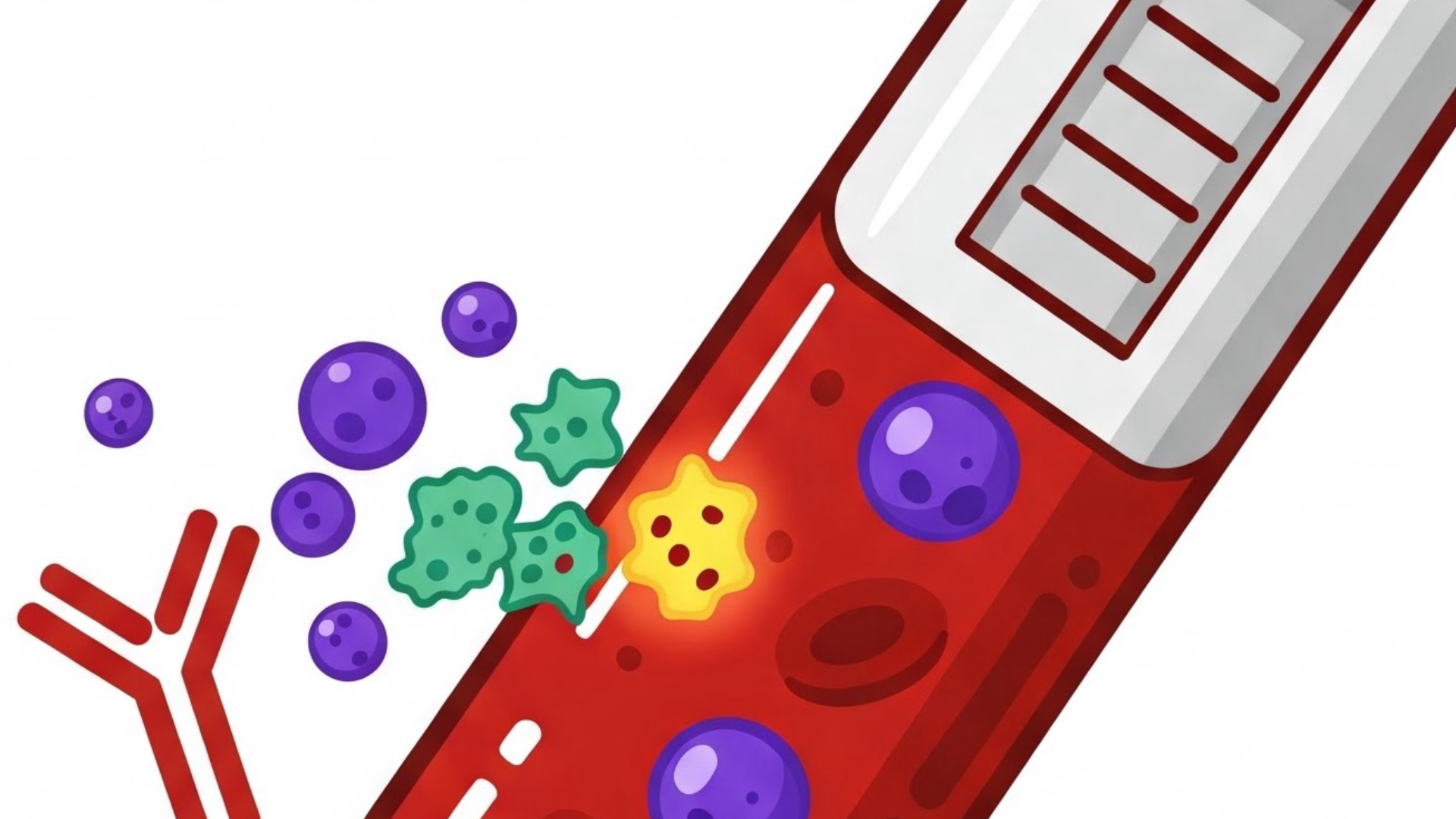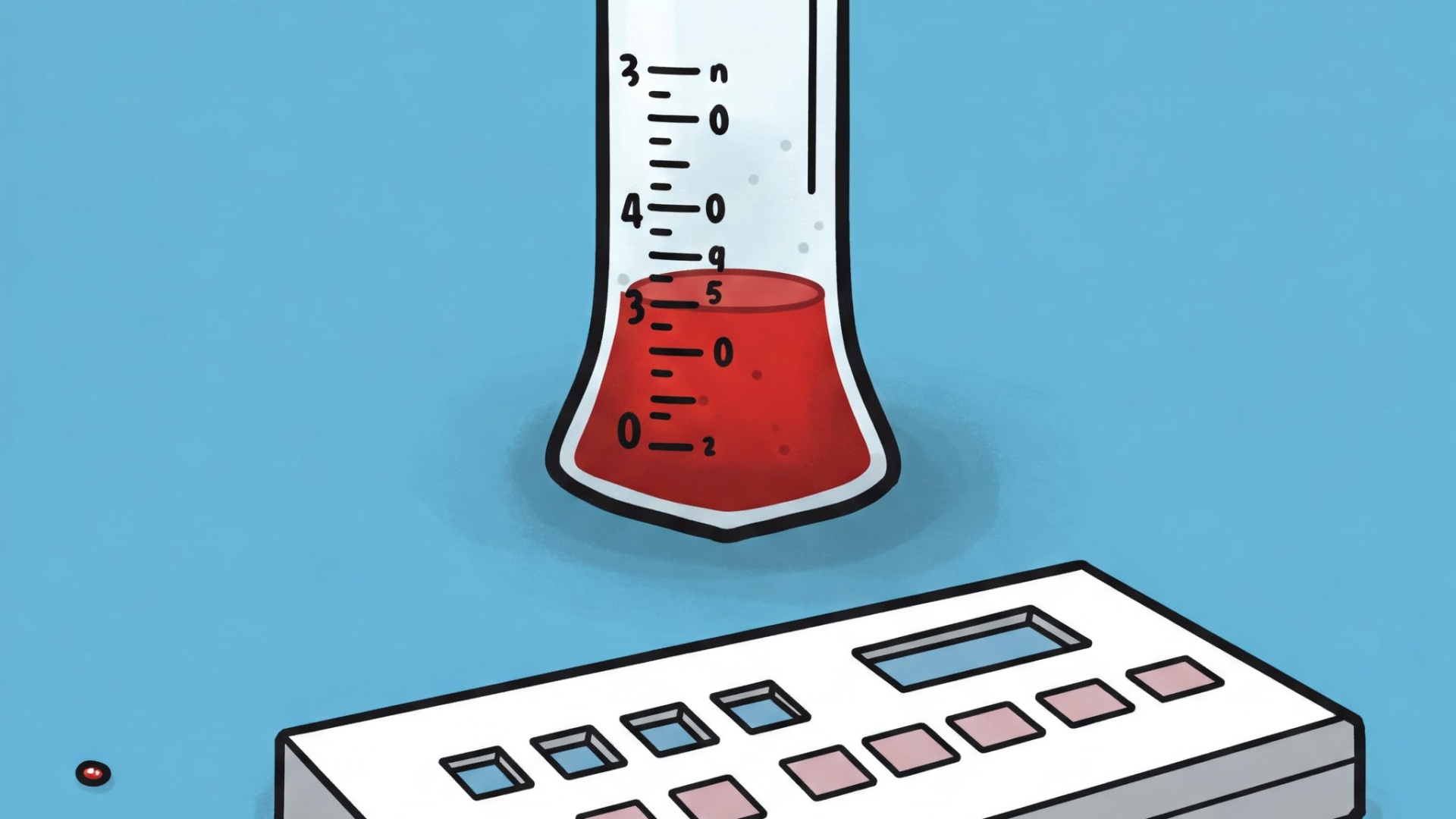What are the key differences between anti-centromere and anti-scleroderma 70 antibodies in scleroderma, and how do they impact diagnosis and prognosis?
Published on 01/01/2025 · 5 min readScleroderma, a complex autoimmune disease, presents diagnostic and prognostic challenges. Understanding the roles of anti-centromere and anti-scleroderma 70 (anti-topoisomerase 1) antibodies is crucial for effective management. This post will delve into their key differences and clinical implications.
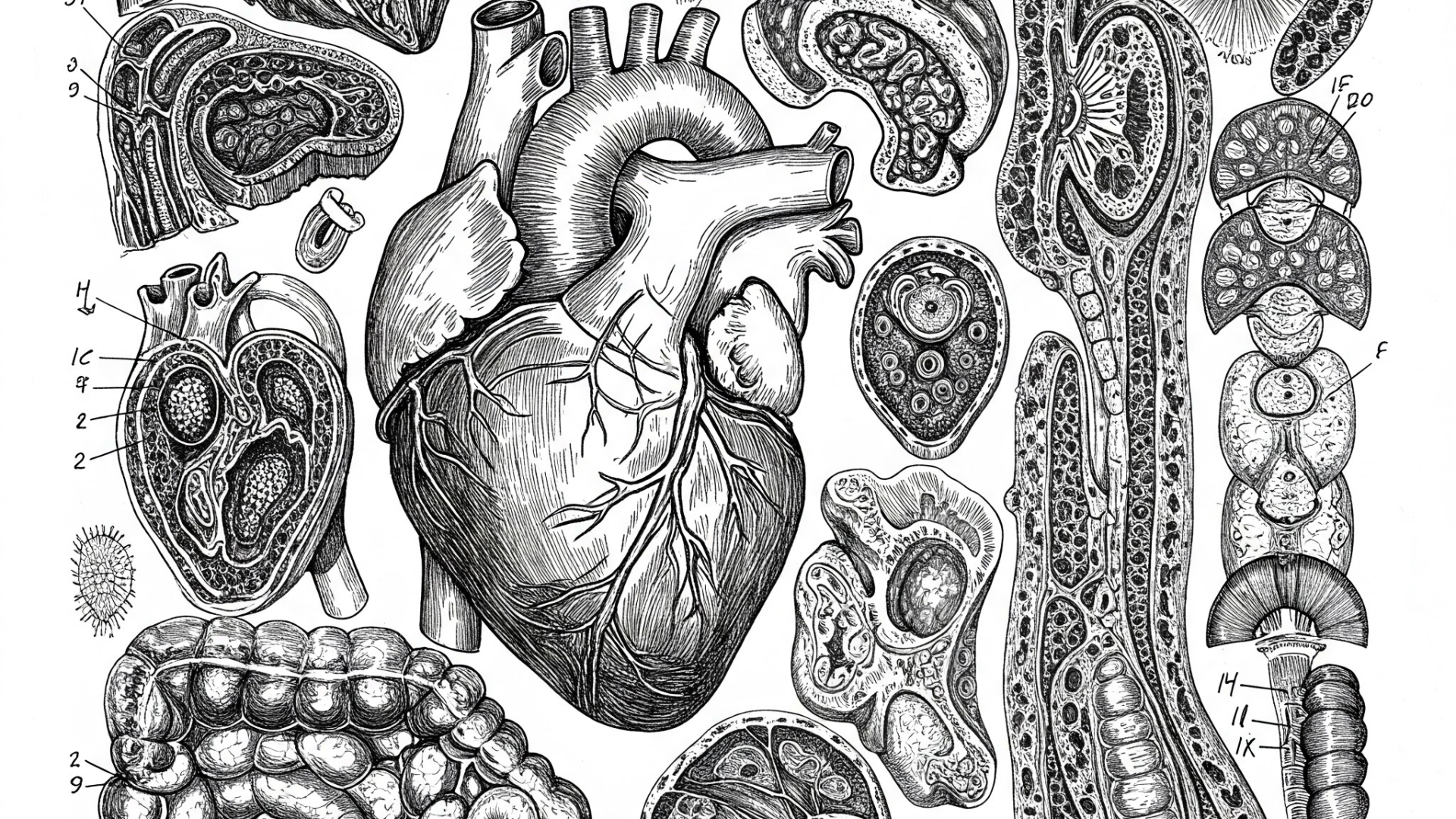
Table of Contents
Understanding SclerodermaLimited Scleroderma (CREST Syndrome)Diffuse Systemic SclerosisKey Differences and Clinical ImplicationsDiagnostic SignificancePrognostic ImplicationsClinical CorrelationConclusion
Understanding Scleroderma
Scleroderma is broadly classified into limited and diffuse cutaneous systemic sclerosis. Each type is associated with distinct antibody profiles and clinical manifestations.
Limited Scleroderma (CREST Syndrome)
Limited scleroderma, often referred to as CREST syndrome (Calcinosis, Raynaud's phenomenon, Esophageal dysmotility, Sclerodactyly, Telangiectasia), is characterized by:
- Anti-centromere antibodies: These are predominantly seen in limited scleroderma.
- Clinical associations: Calcinosis, cutaneous digital ischemia, primary biliary cirrhosis, and pulmonary arterial hypertension (especially isolated).
- Prognosis: Generally associated with improved survival.
Diffuse Systemic Sclerosis
Diffuse systemic sclerosis is a more aggressive form of scleroderma, characterized by:
- Anti-scleroderma 70 (anti-topoisomerase 1) antibodies: These are more common in diffuse scleroderma.
- Clinical associations: Interstitial lung disease, scleroderma renal crisis, and cardiac involvement.
- Anti-RNA polymerase III antibodies: also associated with diffuse systemic sclerosis, and scleroderma renal crisis, and increased risk of cancer.
- Prognosis: Associated with reduced survival compared to limited scleroderma.
Key Differences and Clinical Implications
Diagnostic Significance
Identifying these antibodies aids in differentiating between limited and diffuse scleroderma. Anti-centromere antibodies suggest a more localized process, while anti-scleroderma 70 antibodies indicate a systemic involvement.
Prognostic Implications
The presence of anti-centromere antibodies often correlates with a better prognosis, whereas anti-scleroderma 70 antibodies suggest a higher risk of severe complications, including interstitial lung disease and renal crisis. Anti-RNA polymerase III antibodies also suggest a high risk of renal crisis and cancer.
Clinical Correlation
It's vital to remember that no single blood test confirms scleroderma. Clinical correlation is essential. Lab tests should always be interpreted in the context of the patient's symptoms and physical findings.
Conclusion
Distinguishing between anti-centromere and anti-scleroderma 70 antibodies is crucial for the diagnosis and prognosis of scleroderma. Understanding their associations with different clinical manifestations helps clinicians tailor management strategies and improve patient outcomes.
Shop related blood tests
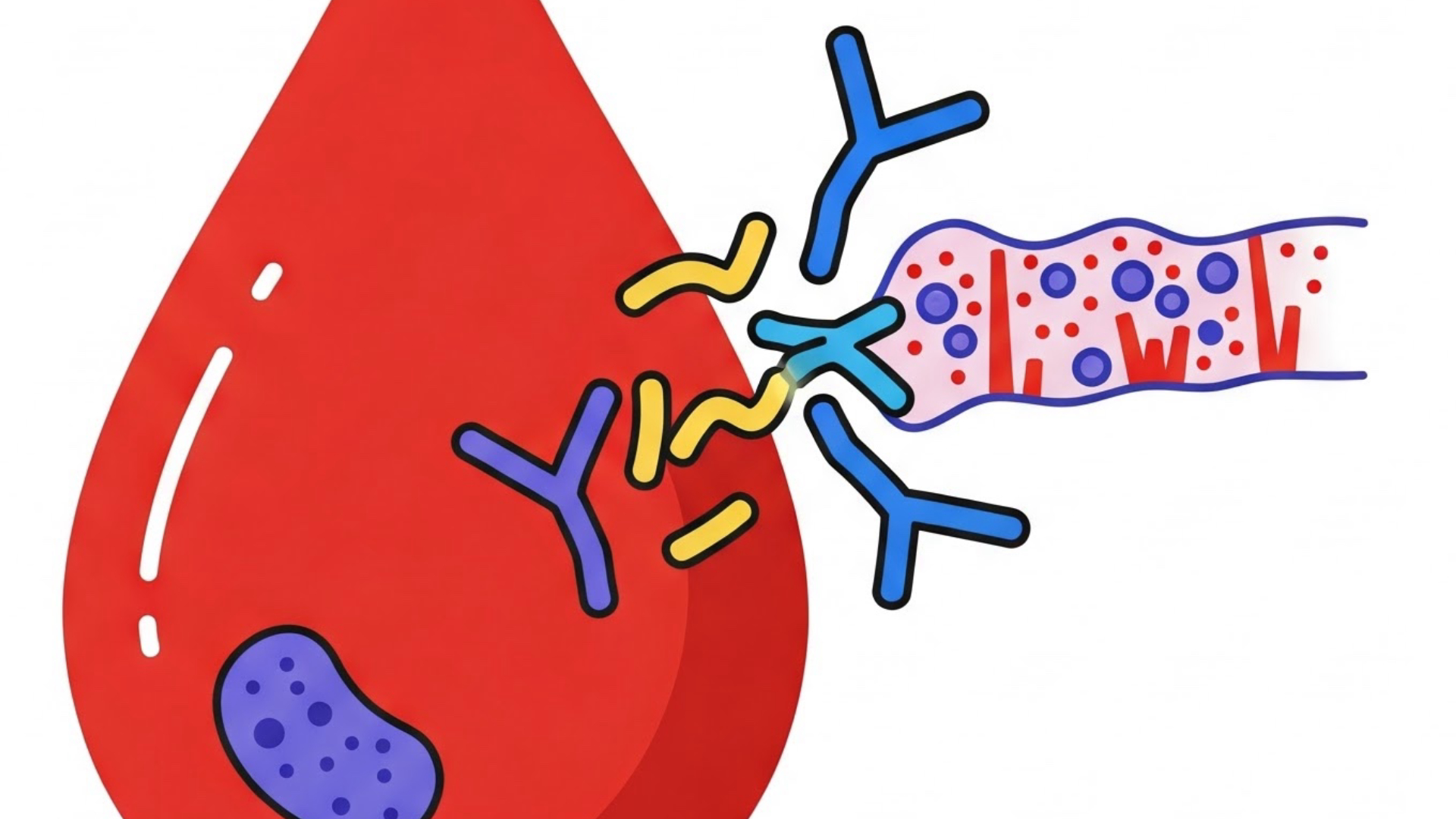

ANA Screen IFA with Reflex to Titer and Pattern
Antinuclear antibody (ANA) tests are essential for detecting autoimmune diseases, including scleroderma. The reflex to titer and pattern provides more detailed information.
Read next
 Written on 03/07/2025
Written on 03/07/2025What Are Centromeres and Telomeres? Exploring Their Structure, Function, and Role in DNA Replication and Cell Aging.
Ever wondered how our genetic material, DNA, is organized and protected within our cells? Two key structures play vital roles in this process: centromeres and telomeres. Let's dive into their fascinating world and understand their significance in cell division and the aging process. Read more
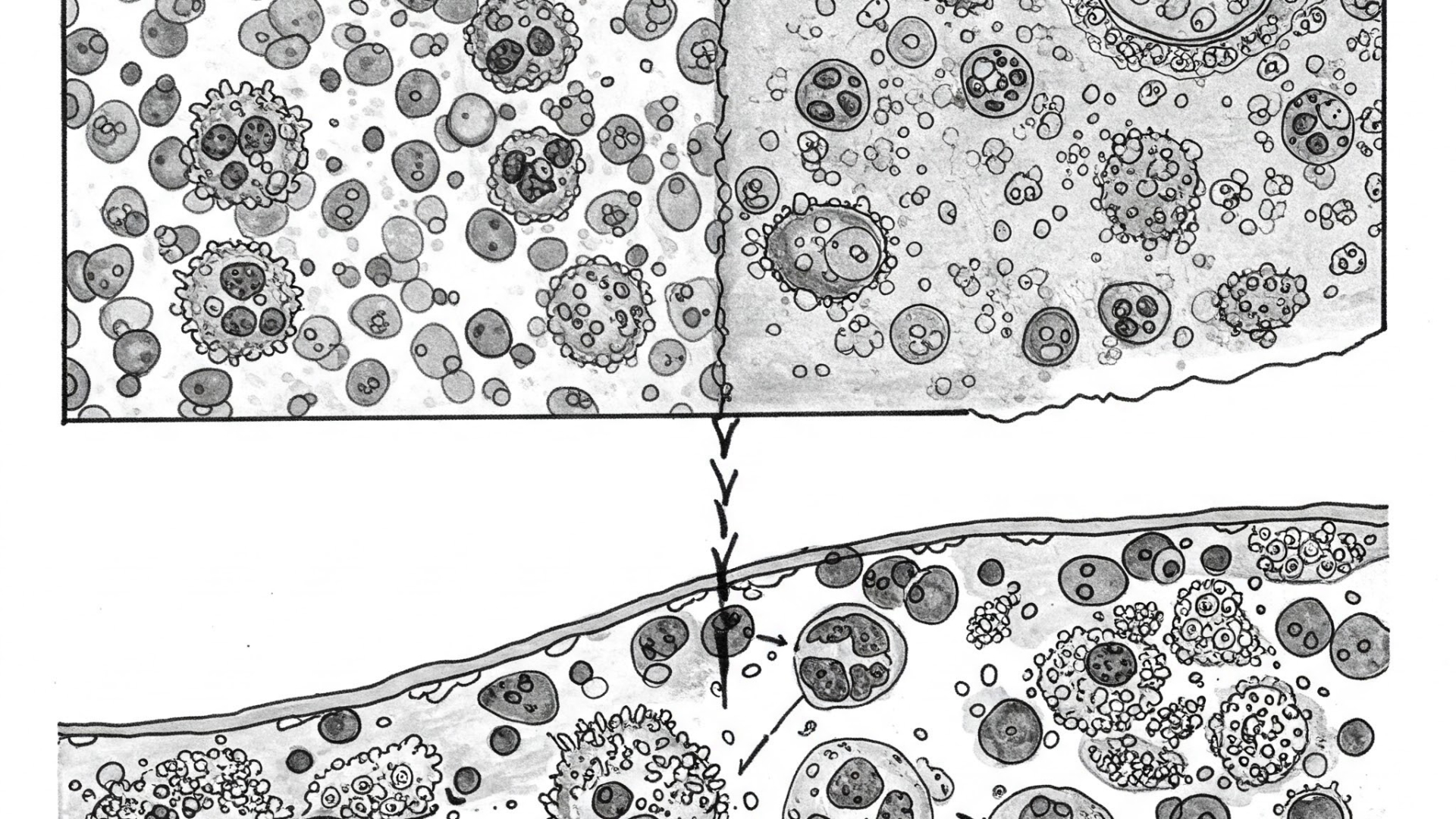 Written on 02/04/2025
Written on 02/04/2025Leukemoid Reaction vs. CML: How to Differentiate and When to Suspect Each Condition?
Understanding the difference between a leukemoid reaction and chronic myelogenous leukemia (CML) is crucial for accurate diagnosis and appropriate patient management. This blog post will delve into the key distinctions, causes, and diagnostic approaches for these two conditions. Read more
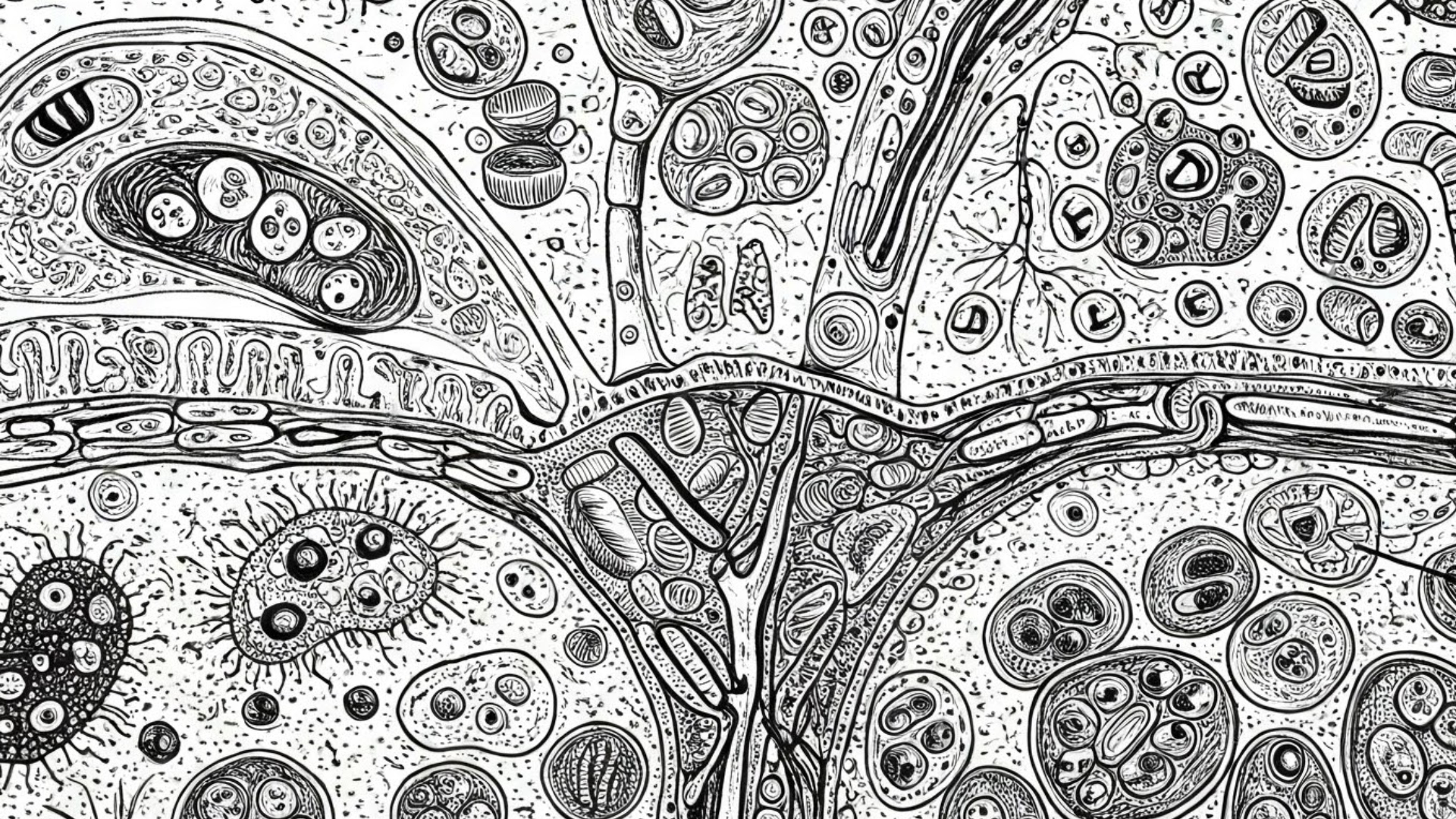 Written on 03/06/2025
Written on 03/06/2025What Are the Core Tenets of Cell Theory, and How Do Prokaryotic and Eukaryotic Cells Differ?
Let's break down the word "biology." As the study of etymology tells us, "bio" means life, and "logy" (from "logos" or "logia") means the study of. So, simply put, biology is the study of life. And what's the basic unit of life? You guessed it – the cell! Our bodies are made up of around 100 trillion cells – pretty mind-blowing, right? Read more
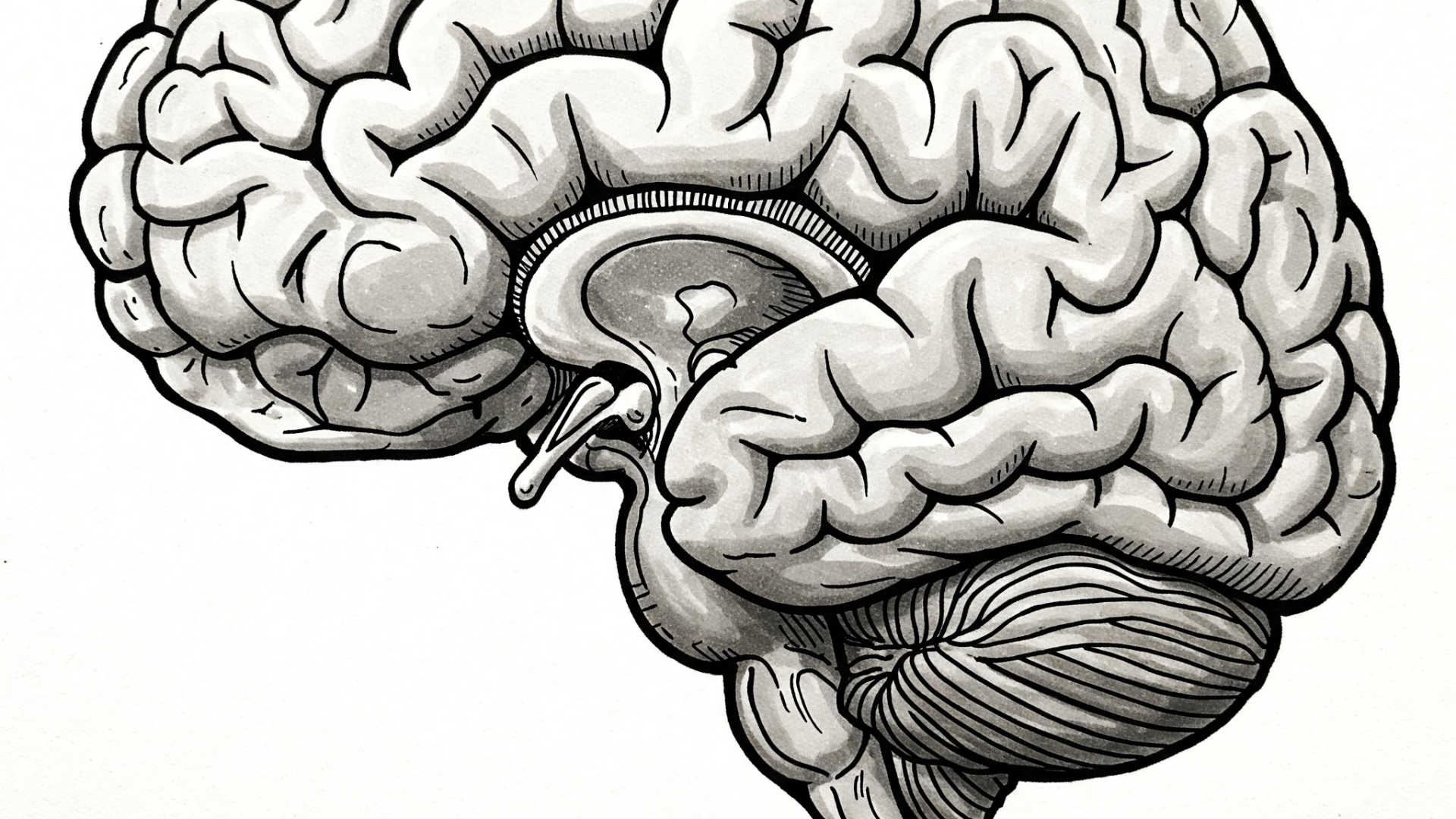 Written on 03/02/2025
Written on 03/02/2025What is Korsakoff Syndrome, its causes including thiamine deficiency and alcoholism, key symptoms like amnesia and confabulation, affected brain regions, diagnosis, and treatment with vitamin B1?
Ever wondered about a condition that intricately links memory, nutrition, and even excessive alcohol consumption? Let's dive into Korsakoff Syndrome, a fascinating yet serious neurological disorder. Read more
